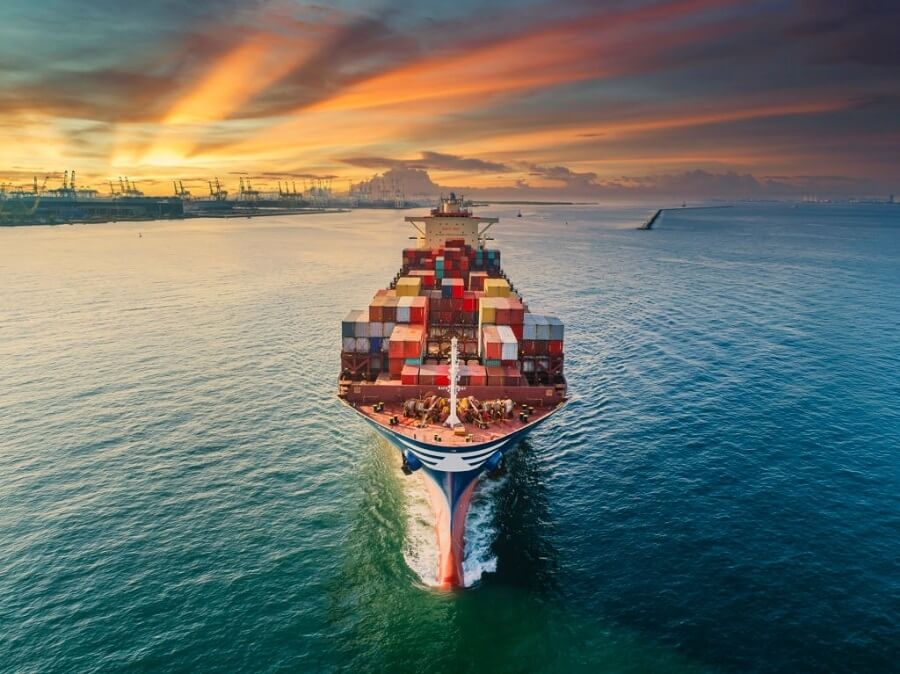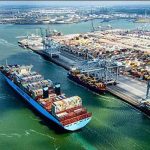Russia is looking to target vital Dutch maritime and energy infrastructure in the North Sea, the country’s military intelligence warned Feb. 20.
In a report, De Militaire Inlichtingen-en Veiligheidsdienst, or MIVD, said Russia was undertaking acts of disruption, sabotage, and espionage against key Dutch maritime facilities such as natural gas pipelines, wind farms, and internet cables.
“Russia is secretly mapping this infrastructure covertly and undertaking activities that indicate espionage and preparatory acts of disruption and sabotage,” the report said. “Such a physical threat toward other vital sectors, such as drinking water and energy supply, is also conceivable… .”
Following Russia’s invasion of Ukraine, European energy infrastructure has been on high alert, with energy security emerging as a key priority for the region.
Security around such facilities has tightened after a suspected sabotage attack on the Nord Stream pipelines in September.
Norway, Denmark, and the UK, in particular, have bolstered efforts to increase security around their offshore oil and gas installations and pipelines.
The warning, amid heightened tensions over Russia’s invasion of Ukraine, also follows sightings of unauthorized drones at Danish and Norwegian oil and gas platforms late last year, with Norway’s security forces stepping up patrols at offshore oil and gas facilities.
Key energy hub
The Netherlands is home to a vast network of gas infrastructure, including the giant onshore Groningen gas field, numerous smaller onshore and offshore fields, two LNG import terminals, and onshore pipeline connections to its EU neighbors.
The Netherlands is also linked to the UK through the subsea BBL pipeline—which can flow gas in both directions—and to Norway for imports of gas from the Norwegian Continental Shelf. It also has a significant gas storage capacity of almost 140 TWh (13 Bcm), the third biggest in the EU after Germany and Italy.
Dutch power infrastructure, meanwhile, is overseen by system operator Tennet, which owns and operates 24,500 km of high-voltage lines and cables in the Netherlands and Germany, delivering electricity to 42 million domestic and business users.
In offshore waters, the Netherlands has around 2.5 GW of wind capacity in operation and 11 GW in development, with a further 8 GW to be tendered.
Existing or in-construction assets are mainly clustered in the Borssele and Hollandse Kust Zuid sites, between 18 km and 24 km offshore.
As well as power cables linking turbines to substations onshore, in and around the Borssele wind farm zone at the southern border of the Dutch exclusive economic zone next to Belgian waters are the TAT-14 transatlantic telecoms cable; the Franpipe gas line from Norway’s continental shelf to France; the SeaMeWe 3 telecoms cable from west Europe to Southeast Asia; the Farland North telecoms cable to the UK; and the Zeepipe gas line from Norway to Zeebrugge.
Long-term threat
Russia’s war in Ukraine has been a major contributor to the surge in geopolitical risk. Energy infrastructure and shipping have been disrupted in the war zone with pipelines, power plants, and refineries targeted.
MIVD said it expects Russia to pose a long-term threat to the Netherlands regardless of the outcome of the war in Ukraine
“Russia— resentful, distrustful, frustrated and, in its own perception, surrounded by hostile states—is still likely to find itself embroiled in a permanent struggle with the West,” the report added.
“This deep-seated sense of threat, combined with Russia’s military capability and nuclear arsenal, also makes Russia an important longer-term factor of influence on security for Europe.”
On Feb. 19, the Dutch government expelled some Russian diplomats, accusing Moscow of smuggling spies under diplomatic cover.
David Cairns, Vice President at Norway’s Equinor said this could be related to the intelligence that the Dutch government received on potential attacks on its infrastructure.
“As Russia stares down the reality of a defeat in Ukraine it’s possible that they take different more aggressive measures against all of us,” Cairns said at an industry event in London.
The Netherlands—like most of the EU—has been taking measures to ensure gas supply security after Russia cuts flow to several northern European counties.
The government said it is working to source more LNG from “stable” regions as it looked to reduce its dependence on Russian gas. Before the war in Ukraine, 25% of Dutch imports came from Russia.
The reduced import of gas from Russia has largely been filled with LNG but also with more imports from Belgium and the UK, according to the Dutch government.
S&P Global Commodity Insights news reports show there have been almost 70 security incidents and attacks on energy and commodities infrastructure in the conflict zone since the war began.
Source: Hellenic Shipping News





